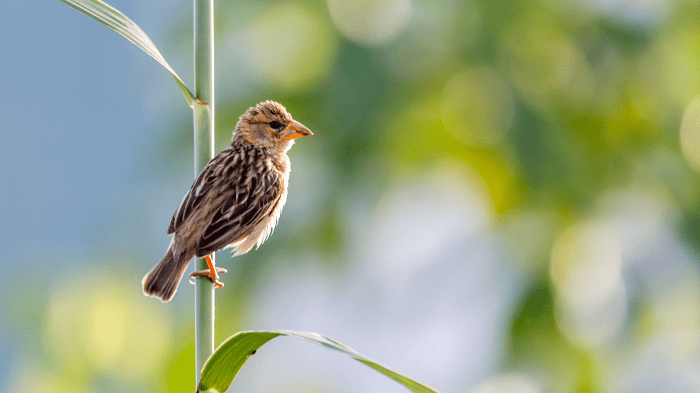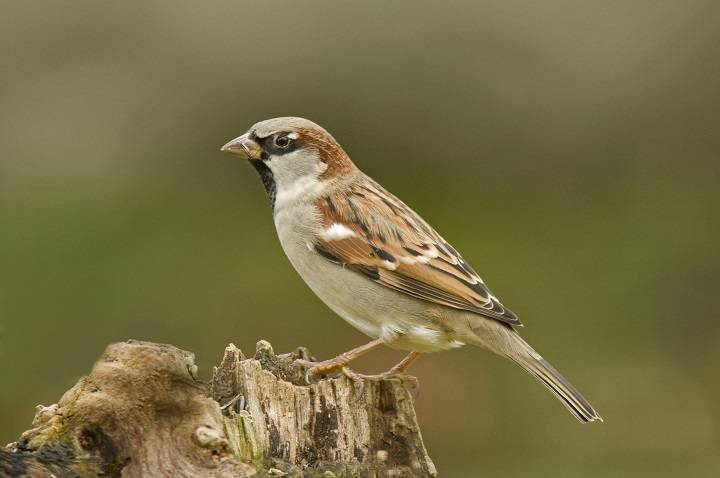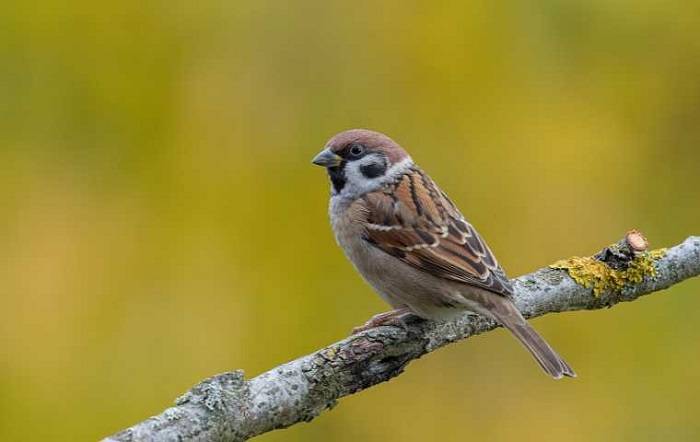Sparrows, with their cheerful chirps and bustling presence, are ubiquitous avian companions found in urban parks, suburban gardens, and rural landscapes alike. Yet, while we may admire their resilience and adaptability, many of us wonder about the lifespan of these small but tenacious birds. In this blog post, we’ll explore the factors that influence the longevity of sparrows, examine their typical lifespan, and delve into the intricacies of their life cycles.
The Fascinating World of Sparrows

Species Diversity:
- Sparrows belong to the family Passeridae, which comprises a diverse group of small passerine birds. While house sparrows (Passer domesticus) are perhaps the most familiar species, there are numerous other sparrows worldwide, each with its unique characteristics and habitats.
Adaptability:
- Sparrows are renowned for their adaptability to various environments, from bustling city streets to remote countryside. Their ability to thrive in diverse landscapes has contributed to their widespread distribution across continents.
Lifespan of Sparrows: How Long Do They Live?
Average Lifespan:
- The lifespan of a sparrow can vary depending on factors such as species, environmental conditions, and predation risk. On average, sparrows in the wild typically live for 2 to 5 years, although some individuals may exceed this range under favorable conditions.
Life Expectancy in Captivity:
- Sparrows kept in captivity, such as those in aviaries or as pets, may live longer than their wild counterparts due to reduced predation risk, access to consistent food sources, and veterinary care. In captivity, sparrows can live up to 10 years or more.
Factors Influencing Longevity
Predation Risk:
- Predation by birds of prey, domestic cats, and other predators is a significant factor influencing the survival of sparrows in the wild. Birds that are more vigilant and adept at avoiding predators may have a higher chance of living longer.
Disease and Parasites:
- Sparrows are susceptible to various diseases, including avian pox, salmonellosis, and respiratory infections. Parasites such as mites, lice, and ticks can also affect their health and longevity, particularly in crowded urban environments.
Availability of Resources:
- Access to food, water, and suitable nesting sites plays a crucial role in the survival and reproductive success of sparrows. Individuals that can secure sufficient resources are more likely to survive and reproduce, thereby contributing to the overall population’s longevity.
Climate and Habitat Quality:
- Sparrows living in harsh or unpredictable climates may face greater challenges in finding food and shelter, potentially impacting their longevity. Habitat degradation, pollution, and loss of nesting sites can also pose threats to sparrow populations.
Reproductive Strategies and Life History Traits
High Reproductive Output:
- Sparrows are known for their high reproductive output, with females typically laying multiple clutches of eggs throughout the breeding season. While this strategy increases the likelihood of passing on genes to the next generation, it may also place additional physiological stress on individuals.
Seasonal Variation:
- Sparrows may exhibit variations in lifespan and mortality rates throughout the year, influenced by factors such as breeding activity, food availability, and environmental conditions. For example, mortality rates may be higher during harsh winter months when resources are scarce.
The Life of a Sparrow
Monitoring Populations:
- Researchers and conservationists monitor sparrow populations to assess trends in abundance, distribution, and health. Long-term studies provide valuable insights into the factors influencing sparrow longevity and population dynamics.
Habitat Conservation:
- Protecting and restoring habitats that support sparrow populations is essential for ensuring their long-term survival. Conservation efforts may include habitat restoration, urban greening initiatives, and land management practices that benefit sparrows and other wildlife.
Related Post:
Exploring the Enigmatic Ancona Duck: A Quirky, Beautiful, and Versatile Breed
Exploring the Fascinating World of Male, Female, and Male Muscovy Ducks
Unveiling the Spectrum of Colored Duck Eggs: Nature’s Palette of Surprises
The lifespan of a sparrow is influenced by a myriad of factors, including predation risk, disease, resource availability, and reproductive strategies. While individual sparrows may face challenges and obstacles in their quest for survival, their resilience and adaptability enable them to thrive in diverse environments. By understanding the intricacies of sparrow biology and ecology, we can appreciate these small but remarkable birds and work towards conserving their habitats for generations to come.



